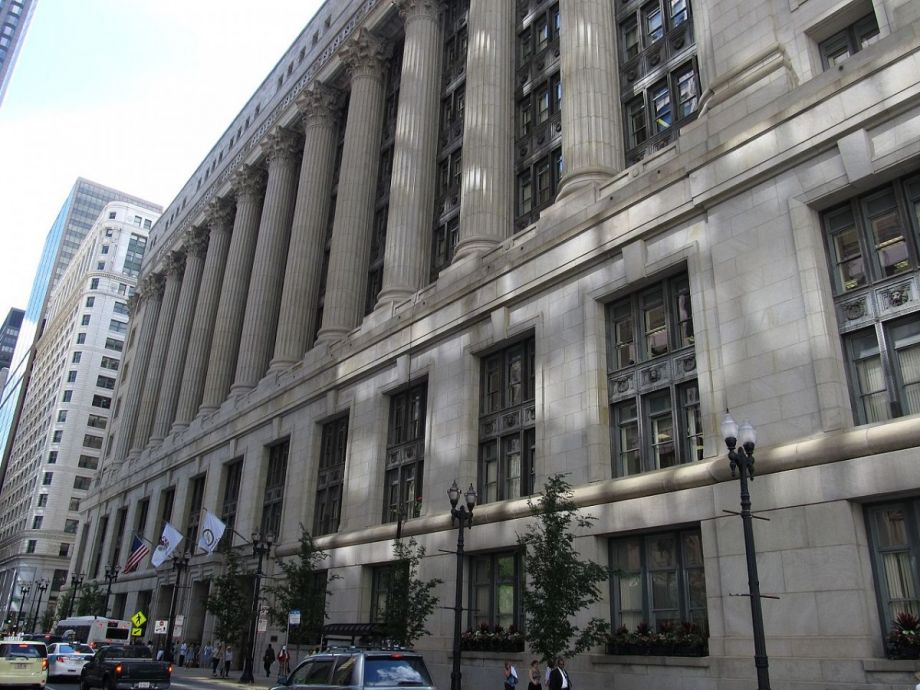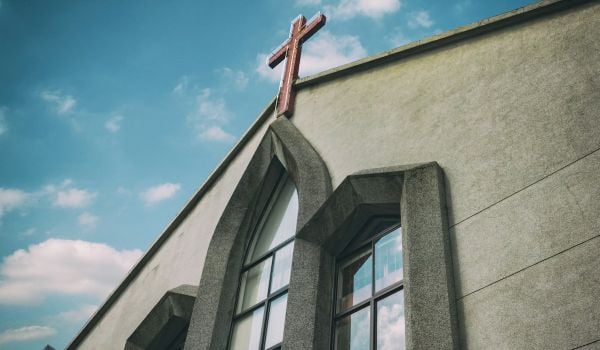When Chicago architects Ann Lui and Craig Reschke opened Future Firm in 2015, they were open-minded about the types of jobs they’d take on. The firm did some standard residential and commercial work. They also found themselves fielding a lot of unexpected calls about another type of project: helping people to fix building code violations.
“Basically people needed an architect to do drawings they could submit to the Department of Buildings to approve their fix to the violations,” Reschke says. “These are often not professional developers or landlords. We wanted to help all these people who called us. But the more we researched it, the more we realized the scale of the problem was immense.”
When Future Firm was asked to participate in a Chicago Architecture Foundation (CAF) exhibition as part of the second Chicago Architecture Biennial, which opened in September, Lui and Reschke saw a chance to bring attention to those phone calls. For “Between States — 50 Designers Transform Chicago’s Neighborhoods,” CAF asked 50 architecture firms to address an underutilized space in one of the city’s 50 aldermanic wards with an eye toward addressing a community need. For Future Firm’s assignment, Lui and Reschke have imagined the creation of an Office of the Public Architect to help people fix their building code violations.
Reschke is not exaggerating when he calls the problem immense. So far in 2017, the Department of Buildings has logged over 90,000 building violations according to the city’s data portal. Citations are written for everything from broken fences and stairs to garbage in the yard to broken hot water heaters and missing smoke detectors. Many buildings have multiple violations.
Reschke says there’s a straight line between building violations people can’t or won’t fix and Chicago’s many vacant lots. “If you can’t resolve the building violations because you can’t hire an architect to fix the problem, you can’t rent it anymore. It falls into further disrepair and eventually ends up on Department of Buildings’ demolition list and contributes to the city’s well-known empty lots problem.”
An Office of the Public Architect, Lui and Reschke suggest, would provide services to those who can’t otherwise afford them.
“If you can’t afford a lawyer, you get a public defender. If you’re issued a public building violation, should you not also have the right to a public architect? People could go get guidance, get architectural plans, have a way to fix their violations,” says Reschke.
Reschke knows their idea might seem a little outlandish. But people thought the same of the idea of a public defender when Clara Foltz, California’s first female attorney, proposed it in the 1890s. She envisioned the job as the proper counterweight to public prosecutors. She proposed the idea at the 1893 Chicago World’s Fair. Though Los Angeles opened a public defender office in 1913, the concept didn’t get widely adopted in the U.S. until the 1963 Supreme Court decision in Gideon v. Wainwright.
The idea of architects lending their services for free isn’t without precedent. The very literally named Public Architecture firm connects nonprofits to designers and architects willing to work pro bono. But Future Firm’s idea is for a more formalized system that relies on tax dollars, not charity and donations.
As CAF called on the 50 participants to think about underutilized space, Future Firm looked at locating the Office of the Public Architect in the unused spaces of post offices. “The post office is a central civic space for services that is used less often than it was in the past,” Reschke says.
They also imagine the public office being a good starting place for early-career architects. Similar to the way some lawyers start their careers as prosecutors or public defenders, architects could get their feet wet helping people fix building code violations.
“We proposed a big idea, but we think it’s an achievable idea if there’s the political will for it,” says Reschke. “I think in Chicago there is. The question we asked ourselves is, do we collectively agree that we want safe and humane spaces?”

Josh Cohen is Crosscut’s city reporter covering Seattle government, politics and the issues that shape life in the city.
Follow Josh .(JavaScript must be enabled to view this email address)













